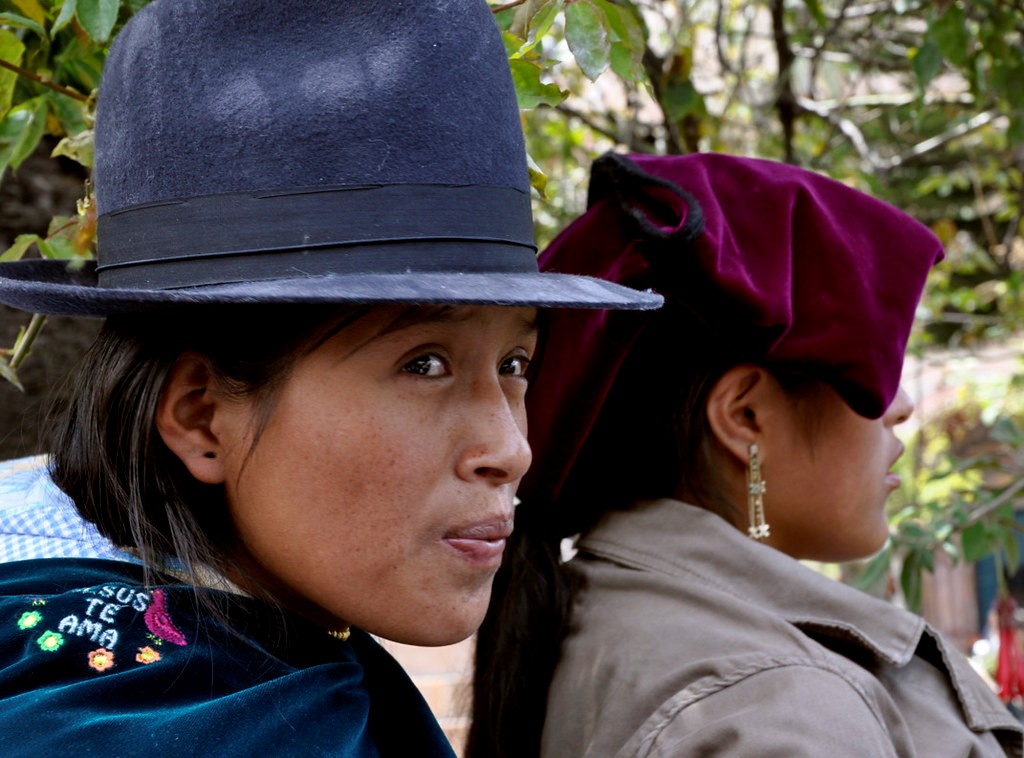5 Facts About Poverty in Ecuador

Ecuador is a country located in Western South America that is home to the Amazon rainforest and the Galapagos Islands. Despite its abundance of natural resources, the country has struggled with political instability and economic crises throughout its history: as of 2022, approximately 25% of the population still lived below the poverty line. However, recent economic growth creates hope for the eventual alleviation of poverty in Ecuador. Below are five facts about poverty in Ecuador.
5 Facts About Poverty in Ecuador
- The incidence of poverty is higher in indigenous populations. Poverty and income inequality mostly affect ethnic minorities and indigenous populations who mainly work and live in the rural sector. There are approximately 1.1 million indigenous people in Ecuador— 24.1% reside in the Amazon and many account for a majority of the regional groups throughout the country. In the last decade, political disputes, the COVID-19 pandemic, and the oil rupture of 2021 and 2022 have heavily contributed to the marginalization and exploitation of the indigenous population. As of 2022, over 50% of the indigenous had an average per capita income below the poverty line. Indigenous Ecuadorians are particularly vulnerable to a lack of water and sanitation, chronic child malnutrition, low-wage employment, low-quality education and poor housing conditions. Women and children are especially at risk of poverty, discrimination and insufficient social protection coverage.
- The government has made efforts to resolve economic issues and alleviate poverty. The Ecuadorian government has created multiple reforms to resolve statewide economic instability. After the collapse of the sucre, the former currency of Ecuador, the establishment of the United States (US) dollar as a legal currency in 2001 stimulated easier foreign transactions and facilitated an economic surge in trading sectors. In 2023, the government approved a $106.1 million individual loan and up to 1.6 million dollars in non-reimbursable funding to alleviate housing issues surrounding poverty. Additionally, it facilitated equal opportunity access to quality education by reopening 247 rural schools in 23 provinces while taking into account distance, mobility and local culture.
- The value of oil causes fluctuations in Ecuador’s economic stability. The fact that oil is one of Ecuador’s main exports reveals how dependent the country’s economy is on the availability and value of this natural resource. The oil boom of the early 2000s gave the government incentive to expand poverty-alleviating programs, raise minimum wage and increase social security benefits. However, as the price of oil began to deteriorate in 2014, debt levels rose and poverty rates in Ecuador surged once again, leading to an economic recession in 2016. Although there was evidence of some recovery in 2017 given a shift in economic and institutional reforms, additional factors such as COVID-19 and organized crime have threatened Ecuador’s economy once again, plunging the country into threat of near-recession as of 2023.
- Ecuador has been experiencing relative economic growth in recent years. Beginning in 2016, Ecuador’s GDP growth rate in annual percentage rose to 2.37% in 2017 and remained in the positive margins at 0.05% in 2019. However, the percentage plummeted in 2020 during COVID-19 and has just managed to recover at 2.9% as of 2022. This percentage is still low in comparison to the overall GDP growth rate of 3.75% in Latin America and the Caribbean.
- FEVI Ecuador is an NGO group that is working to alleviate poverty in Ecuador. FEVI CARE International is one of several organizations committed to addressing the root causes of poverty and social inequality by educating boys and men on harmful gender-based social norms, strengthening climate emergency procedures and promoting civic engagement at the local and national level. The organization also focuses on helping Venezuelan migrants find employment and housing, as migrants are at risk of facing xenophobia and stigma by the media and locals. Overall, support for marginalized communities provides Ecuadorian residents with opportunities to achieve economic independence and break free from poverty.
A Positive Outlook
Despite the economic challenges that Ecuadorians have faced in the past, recent statistics reveal hope for the country in the years to come. The country’s GDP is recovering with the help of government reforms and the resilience of the Ecuadorian people, despite the economic instability that has characterized the past few decades. With the efforts of the local government and the international community’s continuous support in alleviating poverty in Ecuador, there may come a day when Ecuador can achieve freedom from its financial burdens and successfully combat poverty.
– San Sung Kim
Photo: Flickr
